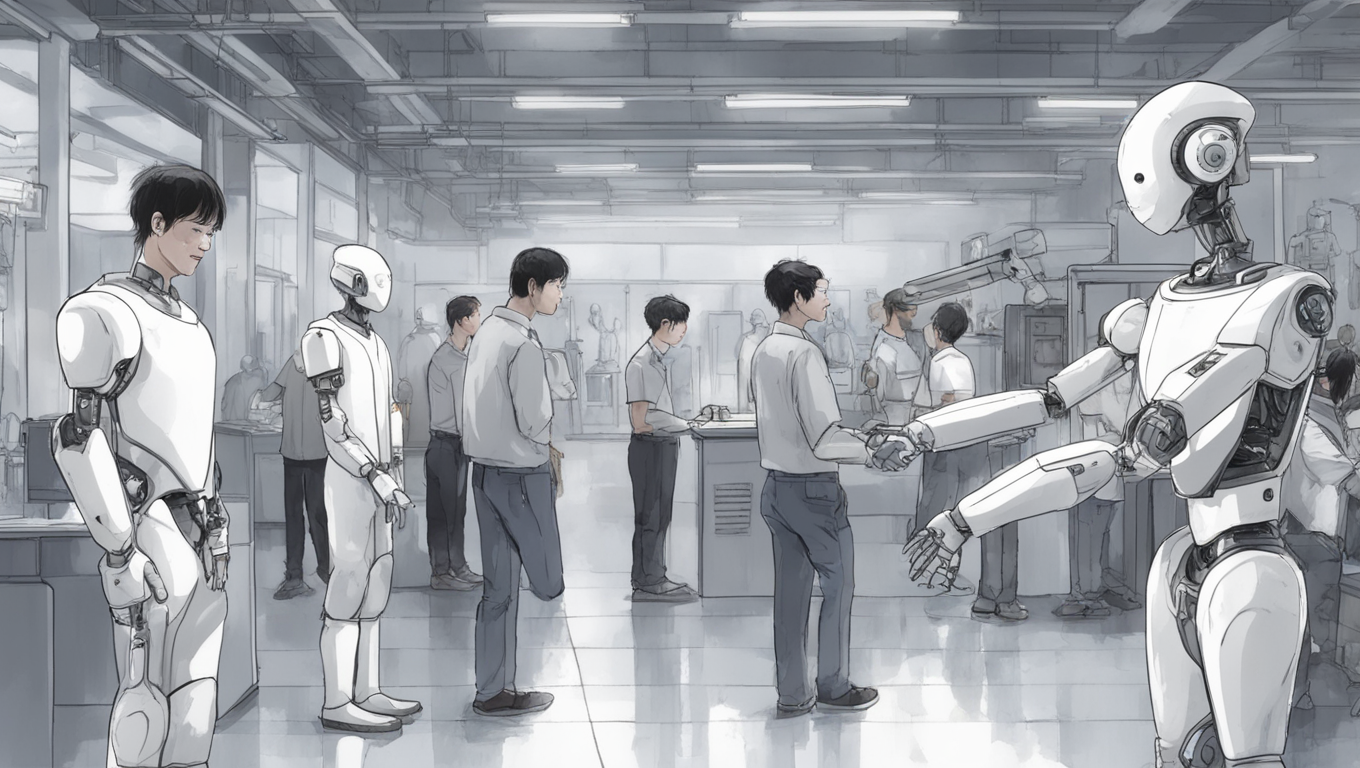China is setting its sights on humanoid robots as the new engine of growth for its industry. The country’s Ministry of Industry and Information Technology (MIIT) has issued a nine-page guideline outlining its goals for the development of humanoid robots in China. According to the guideline, China aims to achieve mass production of humanoid robots by 2025 and establish itself as a world leader in the technology by 2027.
The importance of this push for the development of humanoid robots is underscored by the MIIT’s statement that these robots should become an important new engine of economic growth in China by 2027. The ministry is calling for breakthroughs in key technologies and the establishment of a safe and reliable supply chain system for these robots.
The document highlights the potential impact of humanoid robots on various sectors, including healthcare, home services, agriculture, and logistics. It emphasizes that humanoid robots have the potential to be a disruptive innovation, much like computers, smartphones, and new energy vehicles have been. The development of these robots could profoundly change production processes and the way humans live, ultimately reshaping the global industrial landscape.
One key aspect that the guideline emphasizes is the importance of artificial intelligence (AI) in the development of humanoid robots. The document calls for a focus on the “brain,” “cerebellum,” and “limbs” of these robots, with breakthroughs in AI, particularly in the area of large-language models. Additionally, the MIIT urges the robot industry to accelerate the development of humanoid robots for use in harsh and dangerous conditions, as well as enhance their capabilities in the manufacturing sector.
To support the growth of the humanoid robotic industry, the ministry plans to improve industry standards, product-testing capabilities, and establish laboratories, industry organizations, and open-source communities dedicated to this field. The MIIT also aims to provide policy support, talent training, and international cooperation to facilitate the industry’s development.
China’s push for the development of humanoid robots is driven by several factors. One is the desire to achieve greater self-reliance in key technological areas amid stiff competition with the United States. Another factor is the need to fill gaps in the workforce and address the challenges posed by an aging population. Finally, China aims to bolster its advanced manufacturing sector and stimulate economic growth.
In its quest for global leadership in the field, China plans to actively participate in international rule and standard setting. The country seeks to contribute its “Chinese wisdom” to the global humanoid robot industry and help shape its development.
China has already made significant progress in the field of industrial robotics, surpassing the United States to become the fifth most automated country in the world in 2021. With its ambitious goals and comprehensive strategy, China is poised to take a leading role in the humanoid robot industry in the coming years. As the country harnesses the power of AI and establishes a robust ecosystem for humanoid robots, we can expect to witness transformative changes in various sectors, paving the way for a new era of innovation and economic growth.





Use the share button below if you liked it.